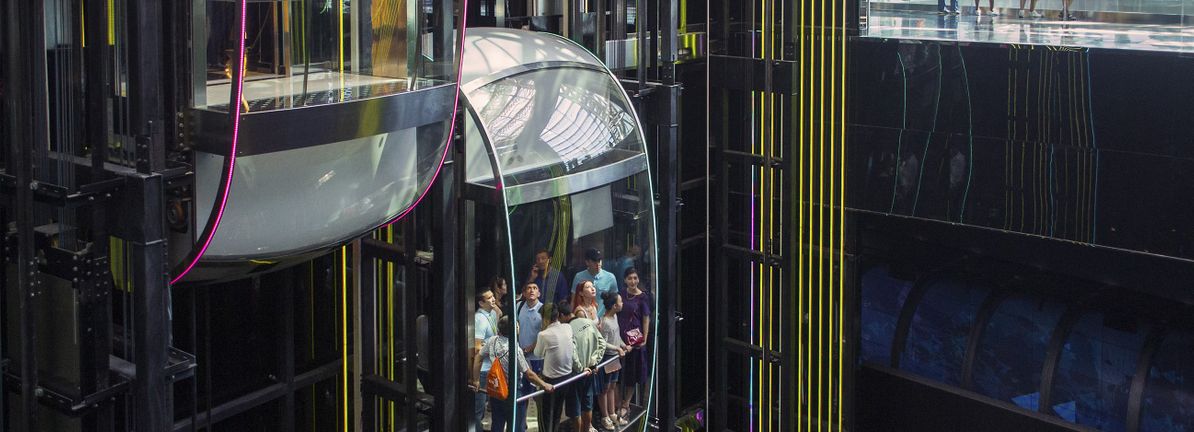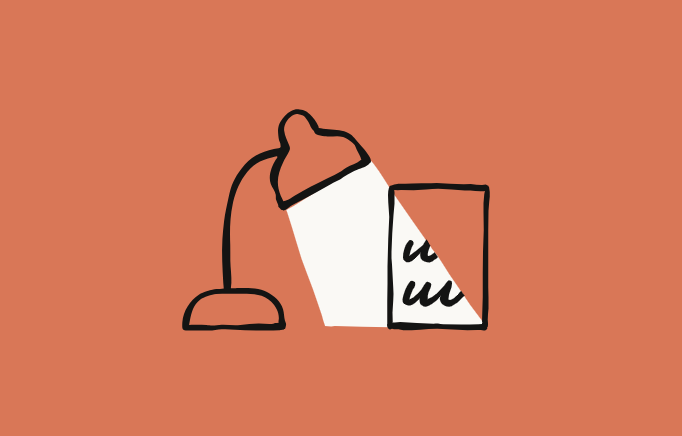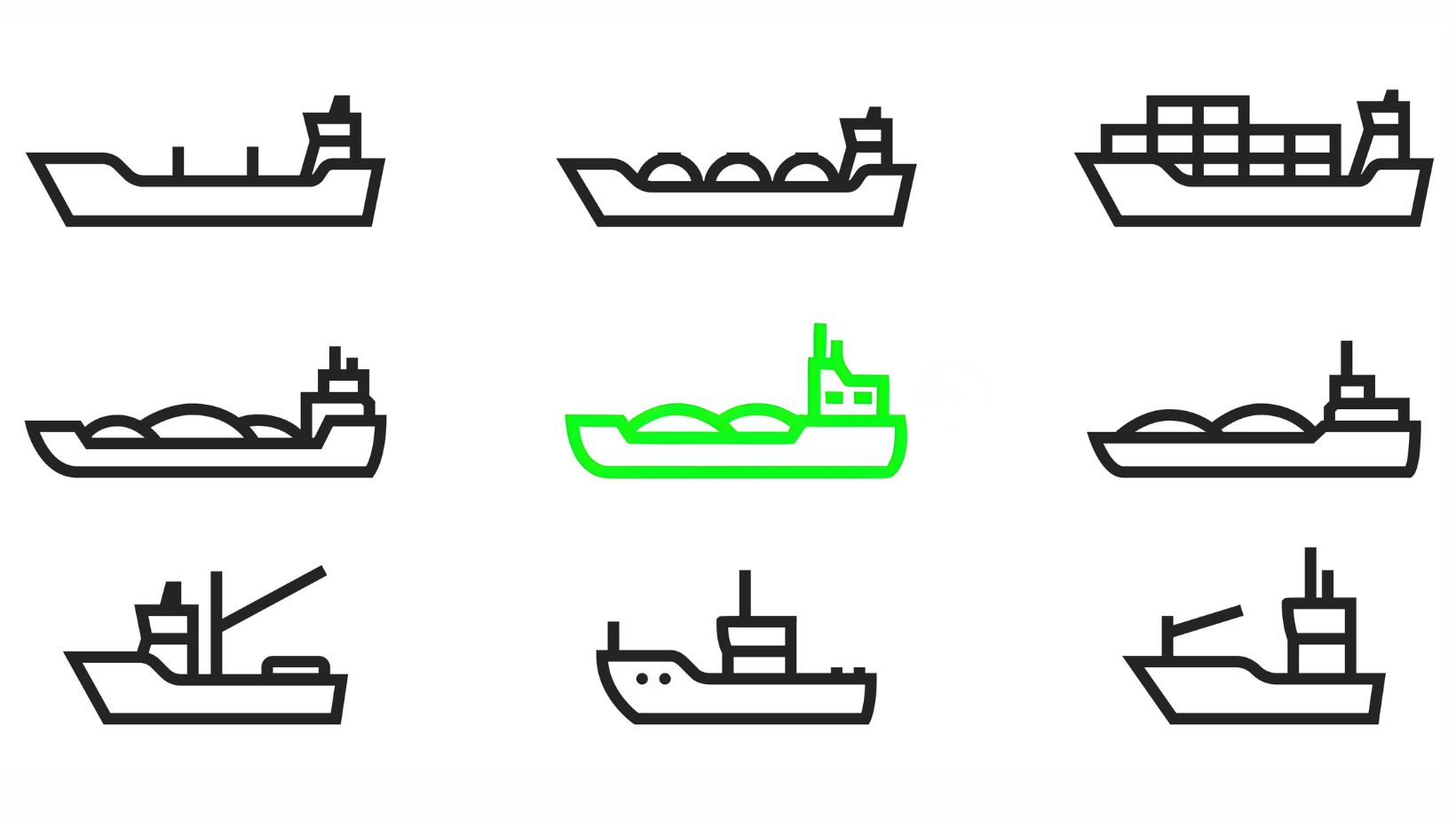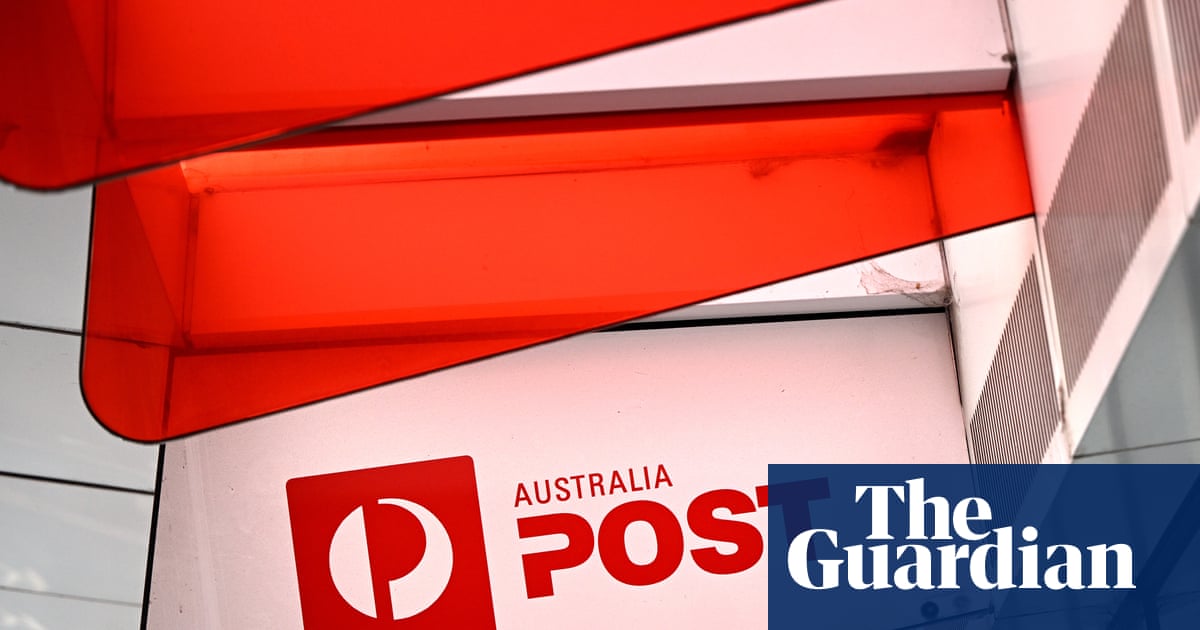If you’re looking for a multi-bagger, there’s a few things to keep an eye out for. Ideally, a business will show two trends; firstly a growing return on capital employed (ROCE) and secondly, an increasing amount of capital employed. This shows us that it’s a compounding machine, able to continually reinvest its earnings back into the business and generate higher returns. However, after briefly looking over the numbers, we don’t think Yew Lee Pacific Group Berhad (KLSE:YEWLEE) has the makings of a multi-bagger going forward, but let’s have a look at why that may be.
AI is about to change healthcare. These 20 stocks are working on everything from early diagnostics to drug discovery. The best part – they are all under $10bn in marketcap – there is still time to get in early.
For those that aren’t sure what ROCE is, it measures the amount of pre-tax profits a company can generate from the capital employed in its business. Analysts use this formula to calculate it for Yew Lee Pacific Group Berhad:
Return on Capital Employed = Earnings Before Interest and Tax (EBIT) ÷ (Total Assets – Current Liabilities)
0.011 = RM832k ÷ (RM81m – RM2.8m) (Based on the trailing twelve months to June 2025).
Thus, Yew Lee Pacific Group Berhad has an ROCE of 1.1%. Ultimately, that’s a low return and it under-performs the Building industry average of 8.9%.
Check out our latest analysis for Yew Lee Pacific Group Berhad
While the past is not representative of the future, it can be helpful to know how a company has performed historically, which is why we have this chart above. If you’re interested in investigating Yew Lee Pacific Group Berhad’s past further, check out this free graph covering Yew Lee Pacific Group Berhad’s past earnings, revenue and cash flow.
On the surface, the trend of ROCE at Yew Lee Pacific Group Berhad doesn’t inspire confidence. Around five years ago the returns on capital were 28%, but since then they’ve fallen to 1.1%. And considering revenue has dropped while employing more capital, we’d be cautious. If this were to continue, you might be looking at a company that is trying to reinvest for growth but is actually losing market share since sales haven’t increased.
On a related note, Yew Lee Pacific Group Berhad has decreased its current liabilities to 3.5% of total assets. That could partly explain why the ROCE has dropped. What’s more, this can reduce some aspects of risk to the business because now the company’s suppliers or short-term creditors are funding less of its operations. Some would claim this reduces the business’ efficiency at generating ROCE since it is now funding more of the operations with its own money.









